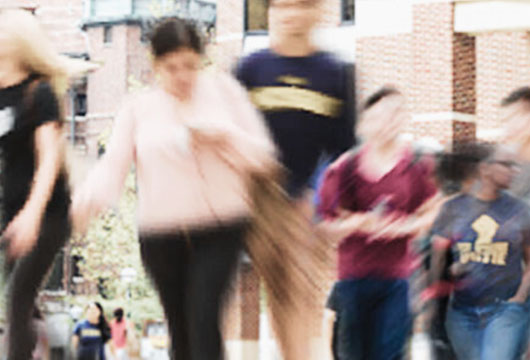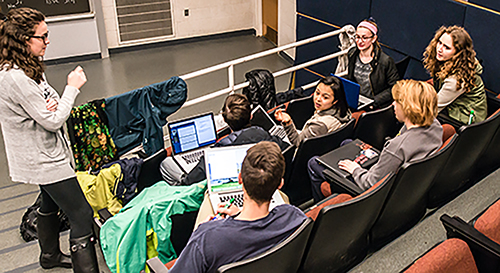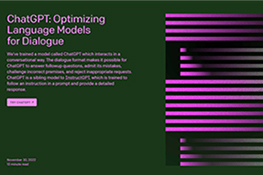Other Articles of Interest to Multicultural Faculty Developers
Published in To Improve the Academy
Afolayan, Johnson A. The Implication of Cultural Diversity in American Schools. To Improve the Academy. 1994; 13: p 135-146.
The purpose of this article is to analyze the major factors responsible for the cultural diversity in America and their implications for professional educators. These factors include immigration, communication, linguistic diversity, cultural values, and desegregation. While some educators look to the demographics of the new student population, others consider historical clues as a method of understanding American diversity. Statistics about school achievement and dropout and graduation rates show the disparity among the ethnic groups. The new immigrants and ethnic groups may experience conflict as a result of cultural attitudes of teachers and peers. Individuals cannot be understood unless they are seen against the cultural history from which they have come and in terms of the situation in which they currently live. Because of the diversity in the American population, educators need to be sensitive to the cultural elements that may affect students' performance and self-esteem.
Awbrey, Susan M.; Scott, David K. Knowledge Into Wisdom: Incorporating Values and Beliefs to Construct a Wise University. To Improve the Academy. 1994; 13: p 161-176








